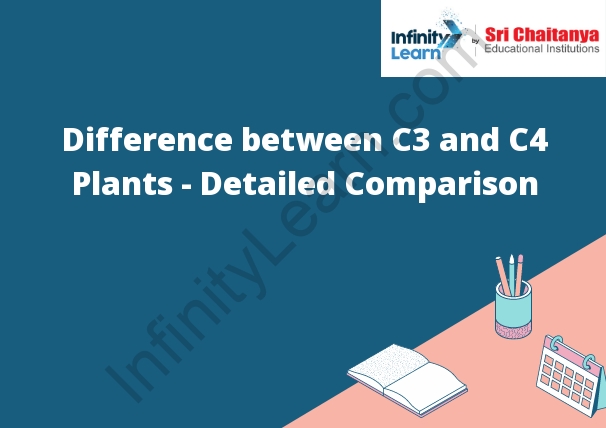Table of Contents
C3 and C4 Plants
C3 plants are plants that use the Calvin cycle to fix carbon dioxide into organic molecules. C4 plants are plants that use the Hatch-Slack cycle to fix carbon dioxide into organic molecules.

What are C3 Plants?
C3 plants are plants that use the Calvin cycle to fix carbon dioxide into glucose. The Calvin cycle uses carbon dioxide, water, and energy from the sun to fix carbon dioxide into glucose. C3 plants are most efficient at fixing carbon dioxide when the air is cool and the sun is not very bright.
What are the C4 Plants?
C4 plants are plants that have a specific way of photosynthesis that allows them to thrive in hot and dry climates. The four-carbon molecule C4 is used to trap carbon dioxide in the plant, which allows the plant to photosynthesize more efficiently in the hot sun. C4 plants include maize, sugarcane, and some types of grass.
Comparison Between C3 and C4 Plants
C3 plants fix carbon dioxide in the presence of the enzyme RuBisCO, while C4 plants fix carbon dioxide in the absence of the enzyme RuBisCO. C3 plants are less efficient in the use of water, while C4 plants are more efficient in the use of water. C4 plants are more efficient in the use of sunlight.
Difference Between C3 and C4 Plants
- The difference between C3 and C4 plants is that C3 plants use the Calvin cycle to fix carbon dioxide into organic molecules, while C4 plants use the Hatch-Slack cycle to fix carbon dioxide into organic molecules. C3 plants are more efficient in cooler temperatures, while C4 plants are more efficient in warmer temperatures.
- The biochemical pathways that plants use to convert light energy into organic matter are known as photosynthesis. There are two major types of photosynthesis: C3 and C4. C3 photosynthesis is the most common, while C4 photosynthesis is found in only a few types of plants.
- C3 photosynthesis occurs when plants use the Calvin cycle to convert carbon dioxide into organic matter. The Calvin cycle uses RuBP, or ribulose bisphosphate, to convert carbon dioxide into three-carbon molecules. These three-carbon molecules are then used to create glucose, the main source of energy for plants.
- C4 photosynthesis occurs when plants use the Hatch-Slack pathway to convert carbon dioxide into organic matter. The Hatch-Slack pathway uses four-carbon molecules to create glucose. The four-carbon molecules are created by combining carbon dioxide and two molecules of bicarbonate.
- C4 photosynthesis is more efficient than C3 photosynthesis because it can use less light energy to create glucose. This is because the four-carbon molecules created by C4 photosynthesis are more stable than the three-carbon molecules created by C3 photosynthesis.
- C3 plants are found in most types of plants, while C4 plants are found in only a few types of plants. C3 plants are more common because they are more efficient at converting light energy into organic matter. C4 plants are more efficient because they use the Hatch-Slack pathway to convert carbon dioxide into organic matter.






